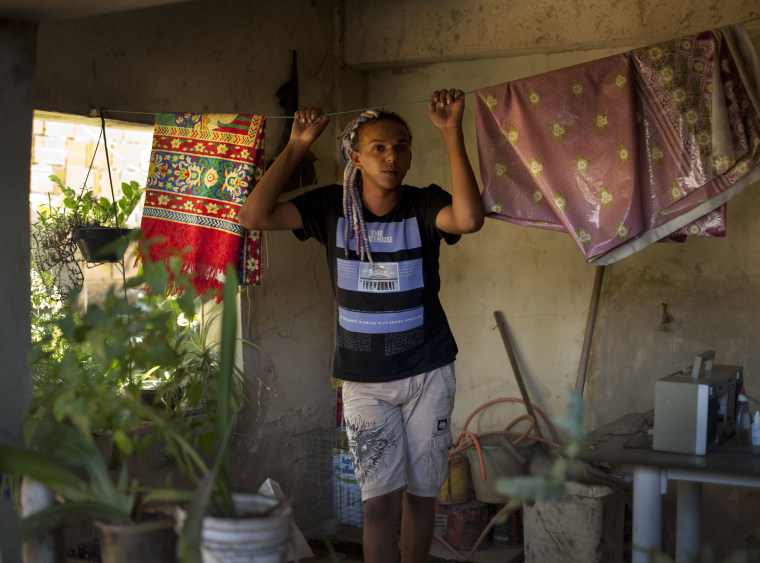For 33 year-old photographer Kevin Truong, what began as an art school project has become a global series. The Gay Men Project documents the life and culture of gay men across the globe—with more than 700 subjects to date covering six continents.
Through his work, Truong has tapped into the global diversity of the gay male experience, giving men a platform to tell and share their stories with the world. He has gained international acclaim through his vivid photography and intimate interviews, garnering the attention of political figures and even royalty.
The New York-based photographer will exhibit his work in New York City from Nov. 2 through Nov. 4.
Over the summer, NBC News caught up with Truong in Athens, Greece, to discuss the journey and his work.
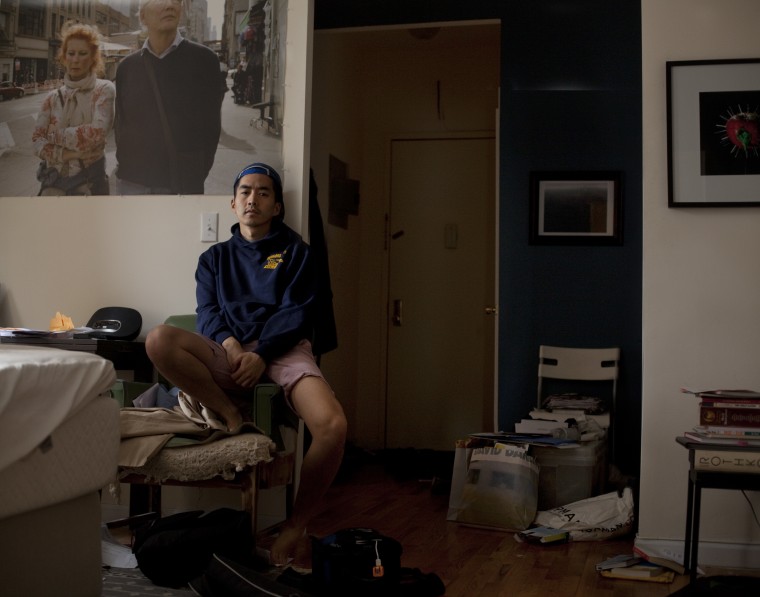
Tell me about The Gay Men Project.
The Gay Men Project started as a class project five years ago when I was a student at Pratt Institute in Brooklyn. I had just learned about Cathie Opie's work, "Domestic," in which she photographed the domestic lives of lesbians across the United States in the nineties.
"I am living my dream, but only because I am able to live my life doing work I believe in."
Given that was 20 years ago, her work was of course more groundbreaking. But I thought a subject like that still had a place in today's discussion, so I decided I'd do something similar but with gay men in New York City.
Back then the project was just photos, and three years ago I turned the project into a blog as a way to incorporate the written stories of the people I was photographing, and I started traveling as well.
Really, what I'm trying to do is create one of the single largest collections, if not the largest collection, of stories of gay men from around the world. So far I've photographed nearly 700 individuals from 86 cities, 37 countries and six continents. I'm trying to create a resource where people can come and learn of these individuals' lives, and a platform where they can share their stories.

How do you find your subjects?
I use a lot of different methods. First I always use my own network. Before I go to a city I ask around among my personal network to see if anyone knows any gay men in the city I'm about to visit. If I have the chance, I'll also contact different LGBTQ nonprofits in the country. This helps me reach communities I wouldn't have access to on my own. For example, when I was in Rio de Janeiro, I had a contact with a nonprofit that did work in the favelas. He took me out to one of these communities and we photographed a young man who was kicked out of his school for being gay.
How were you able to afford a 'round-the-world journey?
The first two years of this project, I funded the work myself. Basically, whenever I would make any money as a freelance photographer in New York City, I would take a trip for the project. But last April, I ran a successful Kickstarter campaign, and was able to raise $33,000. This has allowed me to devote all my time to The Gay Men Project for one year, and to take this around the world trip.

Tell me about your experience covering Latin America.
I always try and take note as to where in the discussion people are with regards to LGBTQ rights in the countries I visit. Essentially, my project is about visibility for gay men. I have photographed lesbians as well as transgender individuals and people who only identify as queer, but my focus is gay men. So a project like mine may not resonate as much as it once did in a place like the United States or some Western European nations, where the discussion is quickly moving to the visibility of transgender individuals.
I've noticed my project receives the strongest support in places in Latin America actually, specifically in Brazil. I think in places like these, fighting for the visibility of gay men is still strongly needed. I'm always honored when an openly gay politician decides to be a part of the project, and in Latin America I've had three: Carlos Bruce, the first openly gay member of Congress in Peru; Jaime Parada, the first openly gay man elected to public office in Chile; and Jean Wyllis, the secondly openly gay elected member of Parliament in Brazil. Their stories of being openly gay in Latin America in a very public sphere are always very interesting.
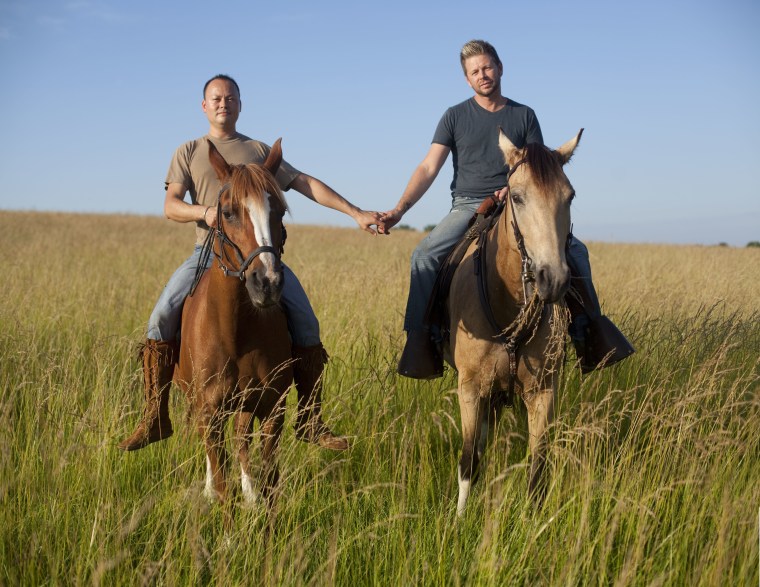
Tell me about having your mother join you in Vietnam.
Vietnam was an interesting trip. I'm Vietnamese American, but had never been there. I was conceived there, but was actually born in a refugee camp for boat people in Malaysia. My mom fled Vietnam in a fishing boat while pregnant with me, along with my two older sisters. So when my mom and I went in 2013, it was her first trip back since leaving, and I was also meeting my dad for the first time.
"That was really the first time in my life that my mom was celebrating that I was gay, and it meant a lot."
So, as you can imagine, it was an intense trip. But I also wanted to take the time to photograph individuals for the project. But while in Vietnam, my mom insisted on going everywhere with me. She was afraid that because I don't speak the language I could find myself in trouble, or possibly harassed. So my mom went with me to all my shoots, of which I had about 10 or so.
When I came out to my mom, she was supportive, but I definitely knew she didn't understand what being gay meant for me, and we actually never talked about it since. And that was in 2008. But while I was photographing gay men in Vietnam, I ask a lot of questions while I shoot and mom acted as my translator.
I was asking things like, "What is it like to be gay in Vietnam, how did your parents react?" and so forth, and my mom was completely comfortable being a part of the conversation. So when we got back to the states, I emailed her one of the stories from one of the men I photographed, written in Vietnamese, and asked her to translate it to English. She did, and in the email she wrote me something I'll always remember. She told me she had seen the project for the first time and that she really liked it, and that I should make it a book and share it with the world.
That was really the first time in my life that my mom was celebrating that I was gay, and it meant a lot.
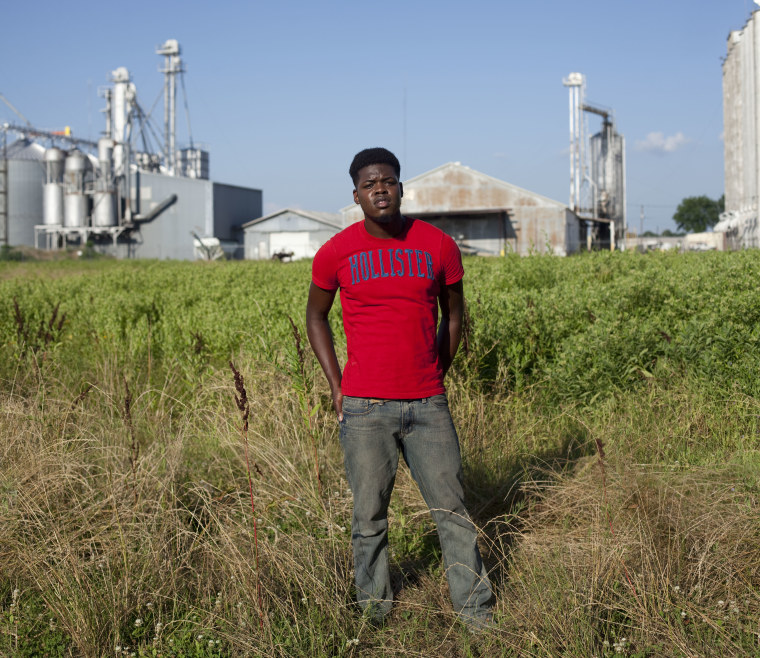
How has The Gay Men Project changed your relationship with your mother?
As a mother, she worries a lot about her son traveling alone one way around the world and photographing gay men, but I think she understands this is something I feel a sense of duty in doing. And she supports it. As mentioned, she was the one that really wants me to make it a book. But also, I always say I have people like my mom in mind when doing the project. When I first came out to her, she really was quite confused. She honestly thought I was going to wear women's clothing, because to her, at that time, as a 50-something-year-old Vietnamese woman, that was the only reference point she had. She didn't know what a gay man was. So I'm always trying to show people like my mother, 'Yes, we're gay men, but we're individuals first.' And I think she sees that now.
What subjects surprised you with their willingness to be photographed?
I'm always honored when an elected official agrees to be photographed. As mentioned, I've photographed Carlos Bruce, Jaime Parada, and Jean Wyllis—all politicians in Latin America. I've also photographed Martin Naef, member of Parliament in Switzerland, and Alex Greenwich, member of Parliament in Australia. I was really surprised Michael Kirby agreed to the project, who is a retired Justice from the Australian High Court. And Prince Manvendra Singh Gohil of India was great too.
I still have a wishlist that includes Elton John, Tim Cook, Anderson Cooper, Neil Patrick Harris, Andy Cohen, and Sam Smith. If I could get one, I'd be happy!
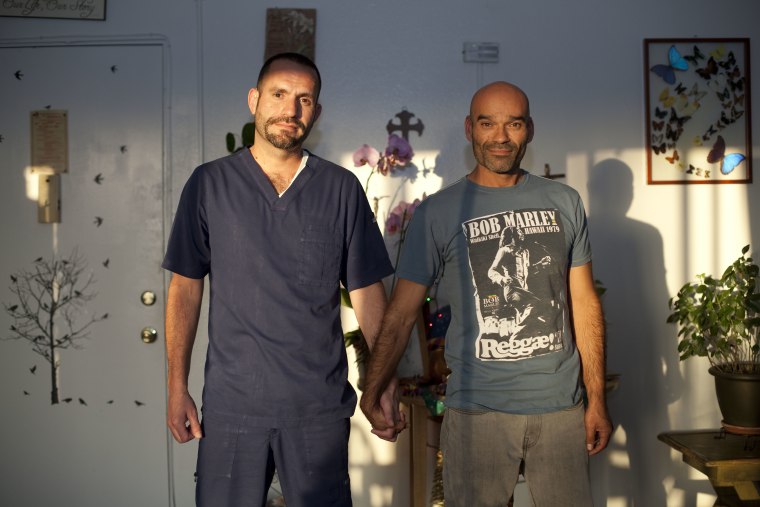
Were there countries you’d visit and fear you’d never find a subject?
Five of the countries I've visited have laws against homosexuality, so I thought I'd have a hard time finding people to photograph. It's interesting though, in one of those countries, Kenya, I had a relatively easy time finding participants. And then directly afterwards I went to Korea and Japan, which have no laws against homosexuality, and had an extremely difficult time, which I wasn't expecting.
I was recently in Serbia, and was worried I wouldn't be able to find anyone, mostly because of the climate for LGBTQ individuals in that country, but also because I didn't know a single person there. Luckily I was able to find a few activists who were willing to be photographed.
What have you learned about yourself in this process?
"I'm trying to create a resource where people can come and learn of these individuals' lives, and a platform where they can share their stories."
I guess I've learned that I bring myself everywhere I go. I was recently in Berlin, and someone asked me what it is that I'm personally gaining from this project. I was actually caught off guard, and said I was just trying to create this online resource for other people, but he said, "A person doesn't spend three years traveling around the world photographing gay men if he's not gaining something personally from it."
I guess for me, having lived the life I have, it's important for me to do work that I feel has purpose. This has become very clear to me. I think my friends see the amount of traveling I do and see it as me living my dream, but I very much consider this my work. And I am living my dream, but only because I am able to live my life doing work I believe in.
When will The Gay Men Project end?
When I run out of funding! Just kidding. That's a good question, I've been asking myself that a lot lately, and I don't know the answer. I can say having travelled for the past nine months one way around the world for the project, I'm quite exhausted and at the very least need a break from the work. For myself, I would like to publish the work as a beautiful art book. I think that would be a good way to end the project, so that I can have something physical that I can tuck away on a book shelf and say, "I did that."
You've been on six continents thus far, but is Antarctica out of the question?
Actually yes, one of my life goals is to go to Antarctica. I could take a self portrait, and then maybe the project will be complete. But I don't see that happening until I'm a very old man.
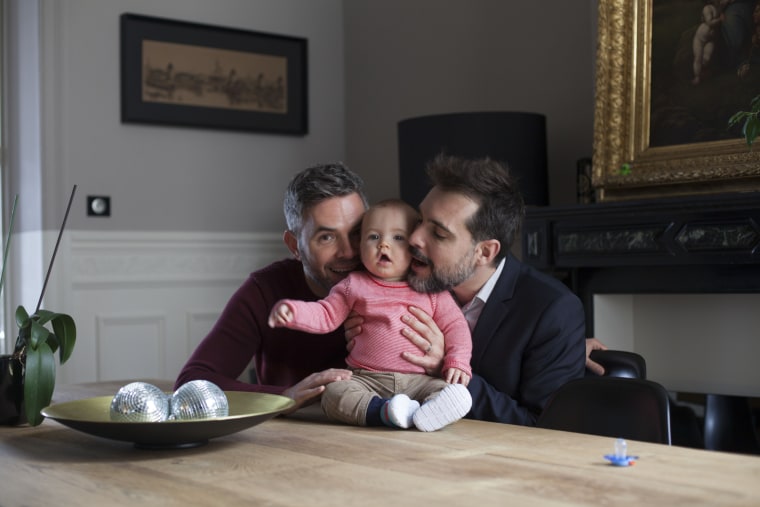
This interview has been edited for length and for clarity.
